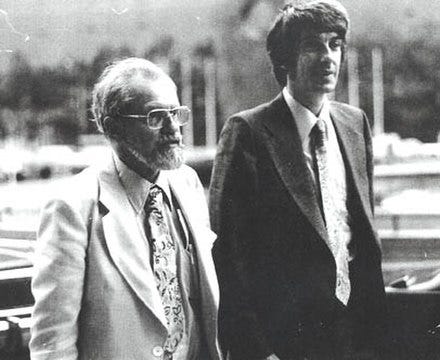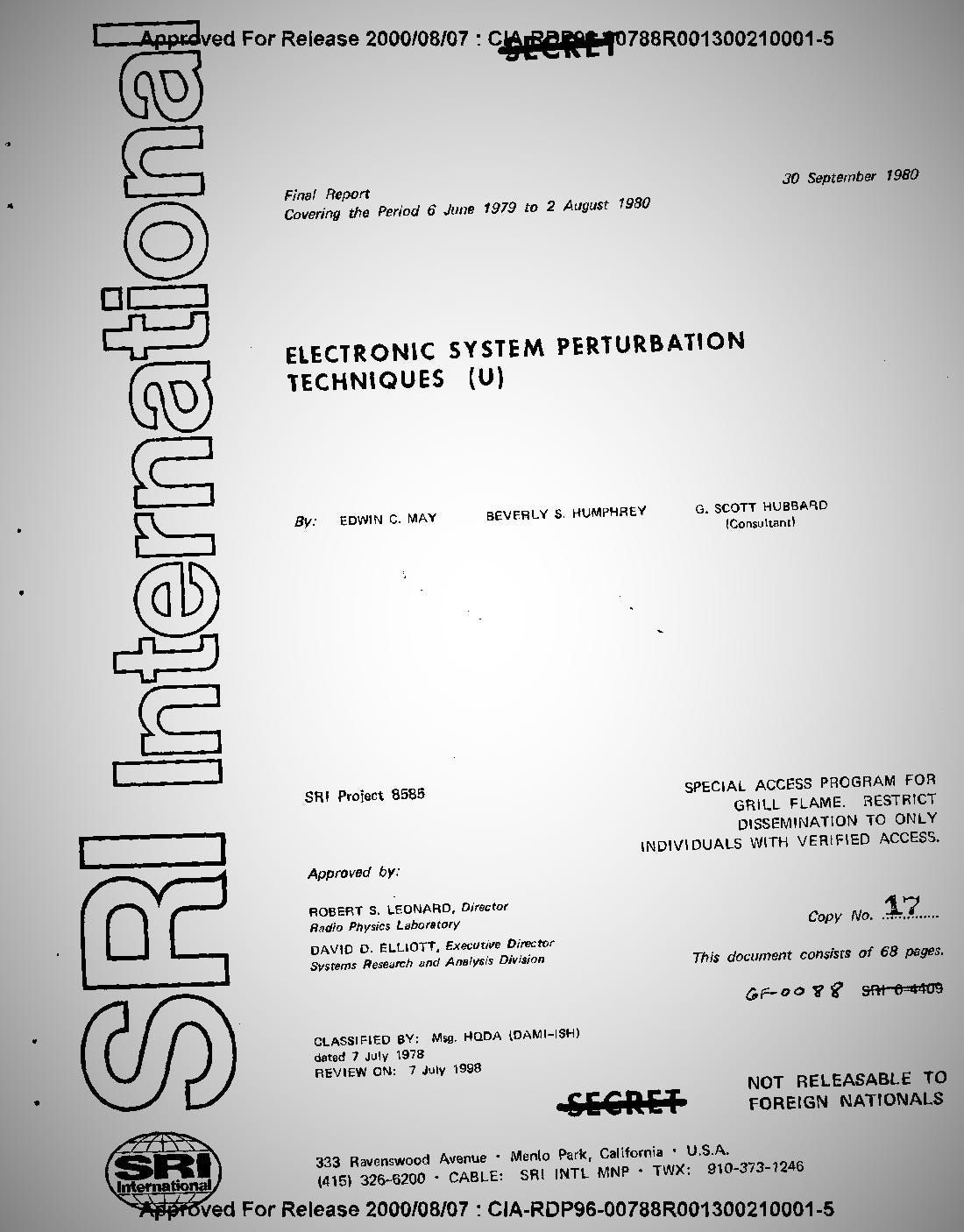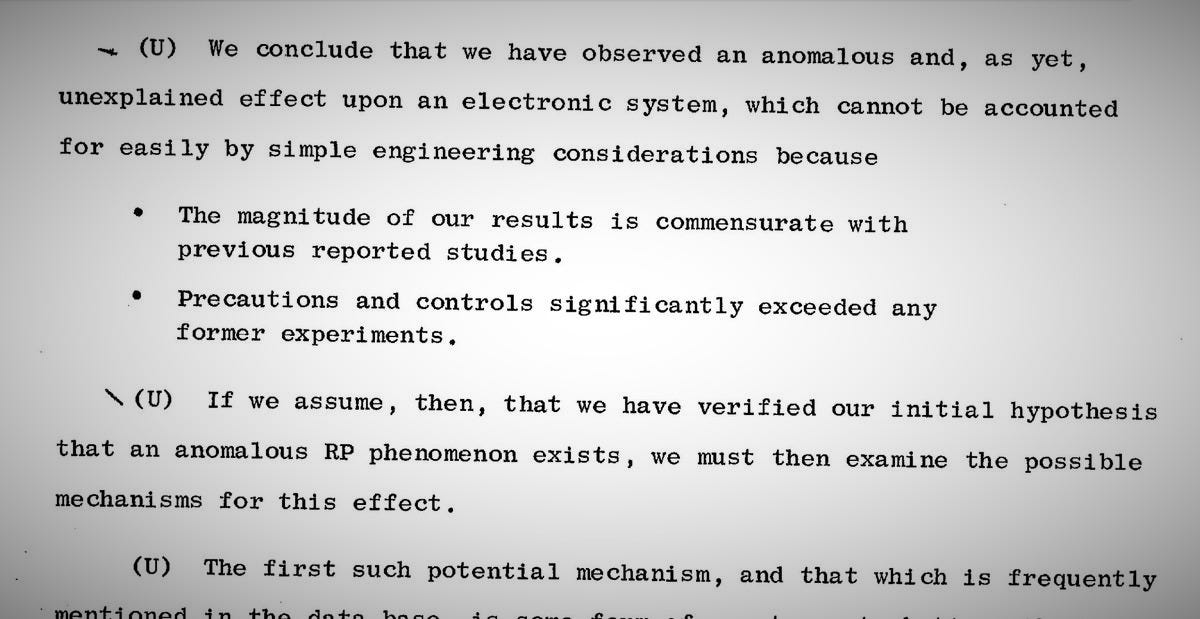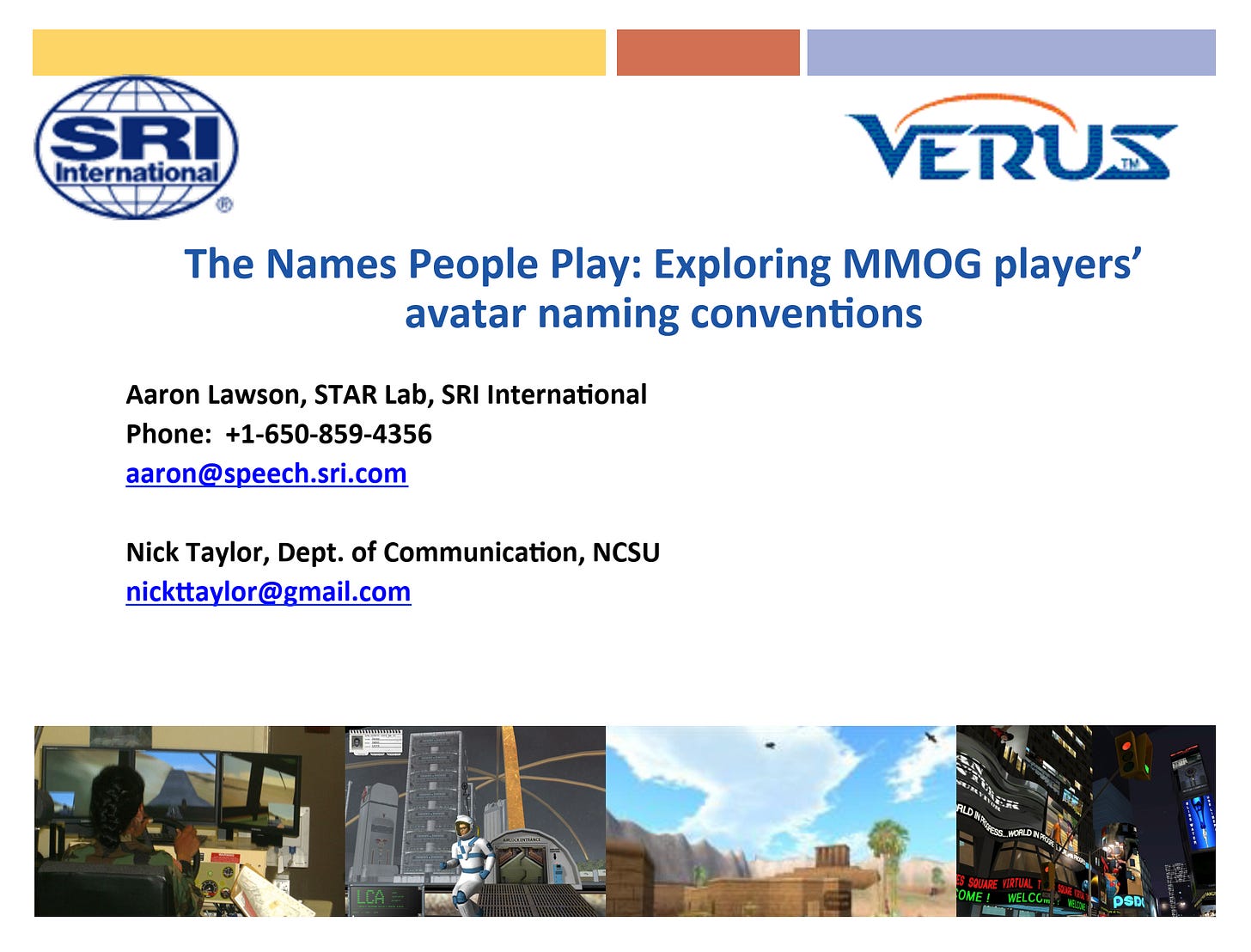The Game Was Rigged From The Start
The progenitors of the Internet knew about network assisted “spooky action at a distance”, or parapsychological effects related to networking human minds, from the very beginning. Jacques Vallée has stated such:
”there were many people researching interface between consciousness and computers for example with DARPA funding”
”we began to observe something very interesting… these people were very frustrated because they wanted to communicate with lots of people very quickly but they only had a keyboard, so they had essentially there was a psychic component on top that we could observe on top of the typed communication”
While at the Institute for the Future, he directly succeeded Paul Baran, the Grandfather of the Internet, as principal investigator on the National Science Foundation project for computer networking, which developed the ARPANET conferencing systems, Planning Network (PLANET). This was the first network conferencing system— and it was being used for psychic research, or “weird entanglement” as some describe it.
The entire time Vallée was at NIF, he was also working closely with the Stanford Research Institute, the DIA, and the CIA on various endeavors, including the infamous remote viewing unit, Stargate Project.
Many of the projects that SRI dealt with involved “electronic perturbation”, the ability “to interact, by mental means alone, with sensitive electronic equipment, and to ascertain how this phenomenon might be utilized for Army-designated applications.”
These projects were not unsuccessful.
Interfacing with a virtual environment, with the screen, is by itself an altered state of consciousness. Projecting your mind into the semiotic space inside is a form of sensory deprivation. You are compressed to the two-dimensional plane of the screen, and deprived of the Animal simultaneously. Psuedo-initiated into the brute-forced mystery of hyperreality. The strange light hypnotizes, and the sigils and images are filled with the vital fluorescence, the attention, and intention, of millions.
Simulacrum made in secret and curiously wrought in the realms of air, feeding on the flesh of the Real.
How are you feeling? Are you enjoying your “altered state of communication”? Your organic senses deprived, your mind outreaches, entangled in a network of bodies within virtual cosmos— comingling with those bodies as forms of artificial life that are profilic, algorithmic, and coded. Artificial life is protocol in the sociopolitical theater, a protocol distributed throughout the brains and bodies of the actors. The atmosphere has a mineral tinge, the audience has metamorphosed into graphene antennae. This is the price of admission.
”The data of psychic research suggest that reality includes paraphysical effects, that nonmaterial mental states exist and transact with physical systems, and that humanity has a mental or consciousness aspect which transcends its physical nature.”
—Changing Images of Man, The Center For The Study Of Social Policy / SRI International
Perhaps you have heard of the Reynard Project. From the National Intelligence Data Mining Report, 2008:
”The cultural and behavioral norms of virtual worlds and gaming are generally unstudied. Therefore, Reynard will seek to identify the emerging social, behavioral, and cultural norms in virtual worlds and gaming environments. The project would then apply the lessons learned to determine the feasibility of automatically detecting suspicious behavior and actions in the virtual world.”
What they were really doing was looking for ways to doxx you based on in-game behavior.
Most people assume that games, especially MMOs, are psychologically manipulating their player base as a means to get them to open their wallets, “loot boxes”, “whale hunting” and so forth. But in reality, data mining, machine learning, surveillance, and the perfection of protocological control have always been at the root of the virtual world tree.
”“In the early 1980s, most people in the defense community accepted the notion that building an affordable, large-scale, free-play, force-on-force worldwide networked war-fighting system was impossible,” retired colonel Neale Cosby recalled in 2014. Cosby served as a SIMNET principal investigator for DARPA for five years. But SIMNET would astonish everybody, not only for its military application but for the multibillion-dollar industry it would help create. “William Gibson didn’t invent cyberspace,” Wired magazine reported in 1997, referring to the science fiction author who coined the term in 1982, “Air Force captain Jack Thorpe did.” SIMNET was the first realization of cyberspace, and it was the world’s first massively multiplayer online role-playing game, or MMORPG—more commonly known as an MMO.”
— The Pentagon’s Brain, Annie Jacobson
In 2006, The Office of the Director of National Intelligence launched a swarm of spooky, out-of-the-box research projects known collectively as the Intelligence Advanced Research Projects Activity. IARPA has since conducted research on machine brains, voice recognition, biometrics, and full-parallax holograms and their MICrONS program seeks to reverse engineer one cubic millimeter of brain tissue and use insights from its study for artificial intelligence.
IARPA is the author of the Reynard Project, which studied approximately 15,000 players from 9 countries in 12 MMOGs and virtual worlds (unclassified). The research looked for behavioral indicators for over a dozen real-world characteristics, such as gender and age. Real-world characteristics were found to be predictable from virtual-world behavior with a high degree of accuracy (>75%). Some of the other research goals under the Reynard umbrella were “use of games and virtual worlds for behavior change” or “demonstrating that actors engaged in deviant behavior in an online game operate under similar constraints and motivations in response to authorities’ enforcement activities as offline criminal organizations”.
So CIA analysts and ghoulish research organizations created their own characters, joined clans, engaged in raids, and probably tried to get people to say the n-word in World of Warcraft and other MMOs. Massive amounts of data were gleaned from things like avatar customization that were then fed into machine brains. The fact that the CIA was spying on MMO users was classified and remained unknown until 2013. It would be logical to assume there are currently a multitude of other surveillance and research programs underway, both classified and unclassified.
”Does your research also apply to the rise of white supremacist groups in the U.S.?
Yes, what we are doing is very relevant since the alt-right groups live, recruit, and coordinate (and hence evolve) online. And from what we can already see, they do so pretty much exactly like the pro-ISIS groups evolve and coordinate, but Facebook has so far been less quick to shut them down. So the question is: What was the activity of the online groups before Charlottesville? And if we look at their evolution (as we did for pro-ISIS groups) from now on, can we foresee the growth to an outburst like a future Charlottesville, but elsewhere in the U.S.?”
Back in 2013, it was revealed that DARPA was funding mechanical, (Transcranial Magnetic Stimulation) mind control research that was being conducted by The Center for Strategic Communication at ASU. The revelatory document was entitled "Toward Narrative Disruptors and Inductors - Mapping the Narrative Comprehension Network and its Persuasive Effects". Buried in the document is one sentence that stands out,
”Mechanical disruptions of narrative processing may be, ultimately, replicated through targeted strategic communication campaigns that approximate the narrative disruptions induced via magnetic stimulation.”
So they are coyly intimating their desire to replicate magnetically deactivating part of your brain solely with media manipulation, propaganda, and semiotically induced hypnosis. Who was in charge of researching said “strategic communication campaigns”? Well, that would be the esteemed Dr. Anthony Roberto. “Roberto has been conducting research in the area of persuasion and social influence for over 20 years. His work focuses primarily on the design, implementation, and evaluation of persuasive strategic communication campaigns, focusing primarily on public health communication campaigns.”
What has Tony been up to recently? Let’s take a look—
“In short, individuals were more likely to seek information when they viewed C0V1D-19 as a serious risk (high severity) and viewed online information seeking as an effective way to gather information about this risk (high relevant channel beliefs). This highlights the importance of obtaining or maintaining sufficient levels of these beliefs to motivate information-seeking. The closely related fear appeal literature includes a considerable amount of sound advice for influencing perceived threat and efficacy (e.g., Witte, 1992).”
He is—based on this excellent research—recommending the consultation of “fear appeal literature”. Are you surprised?
”[T]here is little instrumental difference between man and machine since both are able to affect dynamic systems via feedback loops. In this way, the cybernetic system of man and machine is born. Its virtues are balance, self-regulation, circularity, and control. In a word, protocol.” (Galloway)
The network of protocological power is distributed into the wetware of a billion NPCs, but simultaneously their souls have become externalized into the pseudo-ether of the meta-MMORPG we call the internet. This externalization of the soul makes the electronic mass-golem, updatable, patchable, and hotfixable. These are tools of iterative game design and control over the way the game is played. Ontology as a service.
Releasing an update that is based on arbitrary reasoning or false consciousness causes the player base to either become unmoored from organic reality or to drop out of the network- perhaps to play a modded, offline version if there is a certain amount of agency. Coercing people to play broken games—by false advertising, hoax or hypnosis—causes them to become alienated from their own organic sense of error and sense of value. Schizophrenia is instrumentalized, or rather, schizogenesis is a design philosophy. (“What can we do to cause a directional fracture effect in the psyche?”) Designers can break a part of the reality and then sell the “fix”. The player becomes the NPC, and their soul now belongs to the developers, to be sold back as a subscription.
However, not everyone can afford to “opt out of the update”, to log off into neo-luddism. But there are other ways to win a broken, unplayable game: through tactical hypertrophy. Hacking, cheating, piracy, bootleg mods, and gaming the algorithm. Creating informal networks within and between games.
Better still to create your own encrypted protocol, distributed throughout the nodes of the technetronic control grid, to only tangentially participate in the various virtual worlds, to engage tactically with game mechanics that you can bend to your will. Make a game of creating your own language, codes, and cosmography. Wherever you are forced to interface with their virtual environment, think about how you can take it apart.














If for whatever reason they couldn't update the NPC firmware anymore, what would happen to the NPCs? Would they continue to be stuck in the same update forever, talking about the same event for all eternity, or would they start to go errant and glitch?
Attention and intention. This is what they are hijacking. This is what creates our neural pathways. Our neural pathways are the “code” that directs electrical energy in our brains to perform certain behaviors.
Neural pathways for humans are the same as computer code for an AI robot.
The way we get programmed: we take in information from physical reality. The information bubbles up in our brain as thoughts. Our thoughts produce behavior. Our behavior creates physical reality icons out of information and energy- or our behavior creates destruction out of information and energy.
Repeated info, thoughts, and behavior is how we are programmed.
Dismantling and creating neural pathways is our free will mechanism.
Attention and intention.